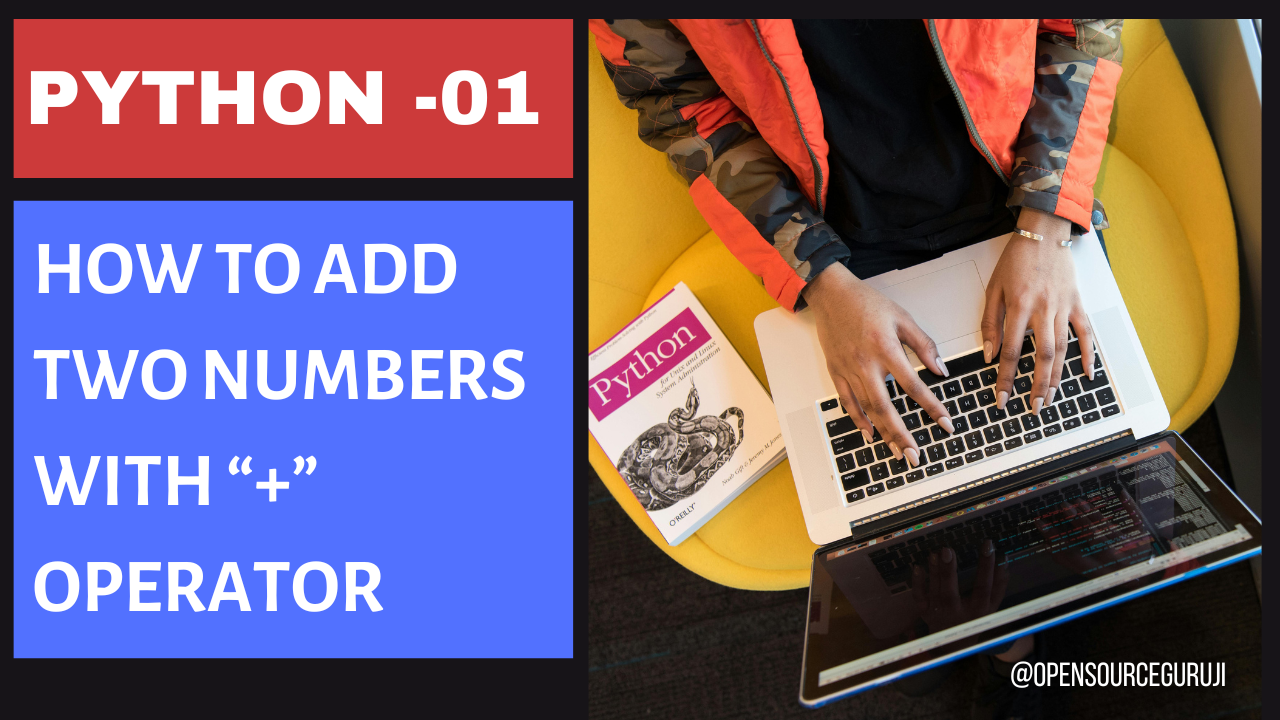Python – Basic Python Programing
Python’s syntax is straightforward and resembles that of English. Python boasts a syntax that makes it possible for programmers to write programs in less lines than some other languages. Python is an interpreter-based programming language, which means that code can be run immediately upon writing. Prototyping can therefore be completed relatively quickly.
Python – How to Add two numbers using + Operator
Python Code :
Python 3.10.8 (tags/v3.10.8:aaaf517, Oct 11 2022, 16:50:30) [MSC v.1933 64 bit (AMD64)] on win32
Type "help", "copyright", "credits" or "license" for more information.
>>> Number1 = 5
>>> Number2 = 10
>>> sum = Number1 + Number2
>>> print("sum of", Number1, "and", Number2, "is", sum)
sum of 5 and 10 is 15
>>>Python – How to Subtract two numbers using “-” Operator
Python 3.10.8 (tags/v3.10.8:aaaf517, Oct 11 2022, 16:50:30) [MSC v.1933 64 bit (AMD64)] on win32
Type "help", "copyright", "credits" or "license" for more information.
>>> Number1 = 10
>>> Number2 = 5
>>> Subtract = Number1 - Number2
>>> print("Subtract of", number1, "and", Number2, "is", Subtract)
Traceback (most recent call last):
File "<stdin>", line 1, in <module>
NameError: name 'number1' is not defined. Did you mean: 'Number1'?
>>> print("Subtract of", Number1, "and", Number2, "is", Subtract)
Subtract of 10 and 5 is 5
>>>Please read this as well if you enjoy this article.
